8. Blood and Black Lace (1964)
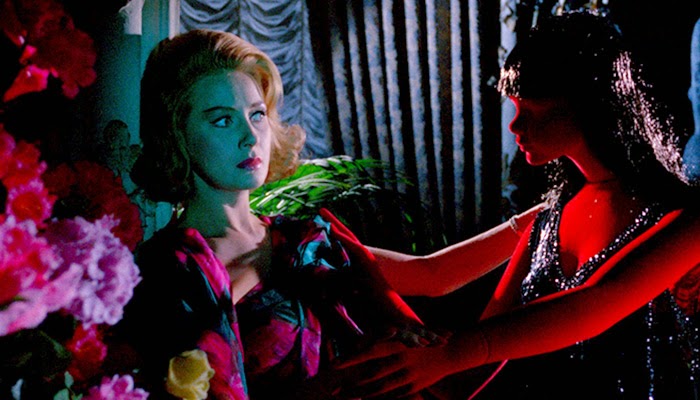
Nobody knew how to make an atmospheric horror movie better than the Italians – three masters in particular, all of whom, naturally, make an appearance on this list.
We’ve already covered Lucio Fulci and now it’s time to talk about his greatest contemporary compatriot: Mario Bava. Bava was just as prolific and talented as Fulci, and really any number of his movies could’ve filled this spot, from “Black Sunday” to “Bay of Blood.” But there’s something about “Blood and Black Lace” that feels particularly fitting for this topic, considering this is one of the most breathtakingly gorgeous giallos ever made.
Somewhat an outlier in this list, since it’s nowhere near as gloomy as most other pictures discussed here, “Blood and Black Lace” finds its unique atmosphere in Bava’s absolute perfect formalism: the film is high in contention for the most perfectly lit and composed horror movie ever made. It’s a methodically crafted aesthetic, each shot more precise than the last – all very appropriate for a story about the pristine surfaces of the fashion world.
7. Suspiria (1977)
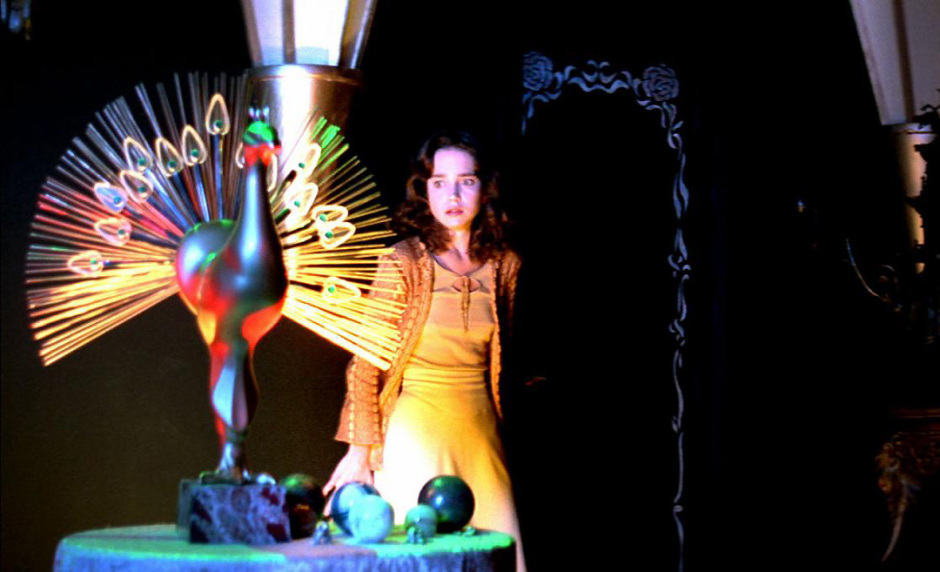
But, of course, in talking about giallos or Italian horror in general, it’s only a matter of time before arriving at the name of Dario Argento.
And when speaking of Argento, most likely the first thing that will come to mind is “Suspiria,” for good reason: the filmmaker may have even better films in his rich filmography (“Deep Red,” specially), but none so robust in style, so vigorously vivid in detail and visual imagination. It may not be the most thematically or narratively well-rounded thing he has ever made, but it’s an unparalleled triumph of pure cinematic flavor.
Another movie in which narrative takes a backseat to stylization, “Suspiria” has long achieved the status of icon, in the truest sense of the word. Its aesthetic is so strongly identifiable that one need not even have seen the movie to recognise a shot from its immaculately conceived aesthetic: the neon lighting, the crooked production design, the blindingly bright color scheme. Such images are now part of the collective cinephile unconscious, but not even our overexposure to them can dilute the effect (the atmosphere) they create when played in sequence, with Goblin’s equally brilliant music blaring over them. It’s the stuff only cinema can achieve.
6. Kwaidan (1964)
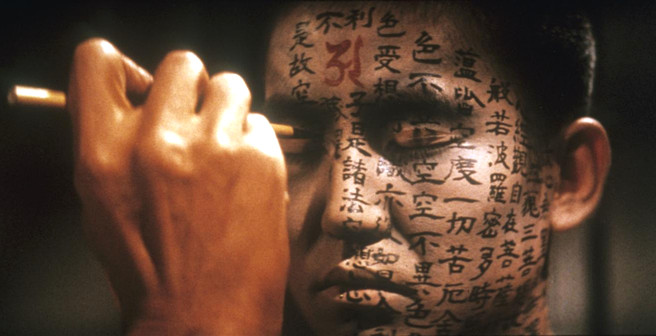
“Kwaidan” is by far the least well known of the top five on this list, which is otherwise composed of some of the most broadly acclaimed horror movies ever made, both by critics and audiences at large. This Chinese classic, however, is somewhat of an oddity: worshipped by those who’ve seen it, but utterly unknown to a lot of even rabid horror fans.
There are elements that might explain such obscurity, from its generous length (running for a little over three hours) and the fact that it’s an anthology instead of one single story; an unusual structure that almost never fully works out. But to judge “Kwaidan” by these crude and reductive measures feels almost sacrilegious in the face of such awe-inspiring artistry; a piece that bridges the gap between cinema, theater, paintings, and music, creating images that are composed with painterly detail and eye for color, but presented into a distinctly theatrical backdrop, each flowing into another with a rhythmic musicality.
Ghost stories are one of the most common staples of the horror genre, many of which are created with considerable sophistication, but there has never been one more exquisite than “Kwaidan.”
5. Don’t Look Now (1973)
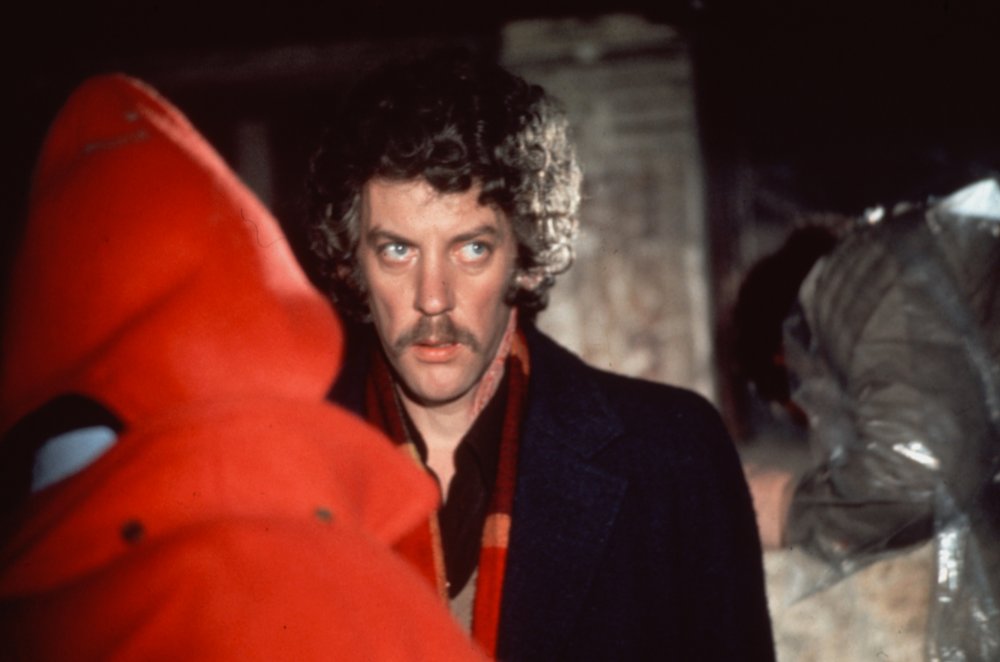
Atmosphere in movies is usually achieved through the more tangible aspects of filmmaking: the camera (angles, compositions), the production design, the lighting, even the simple choice of location.
Much rarer, and considerably more difficult, is to create a mood through editing, by sculpting time and, with it, scrambling the audience’s perception in such a way as to communicate the character’s sense of displacement and confusion – in a sense, to use the language of cinema to create a palpable feeling of irrationality. It’s just what Nicolas Roeg does in “Don’t Look Now,” a film that grounds its deeply atmospheric phantasmagoria upon the director’s uniquely brilliant editing patterns that twist and repeat themselves in circular patterns, filled with haunting visual motifs and rhymes.
“Don’t Look Now” is, in essence, an introspective drama on the nature of grief, something that today has become utterly commonplace – and yet, no one has even come close to capturing this film’s sense of hopeless doom. Unforgettable.
4. The Exorcist (1977)
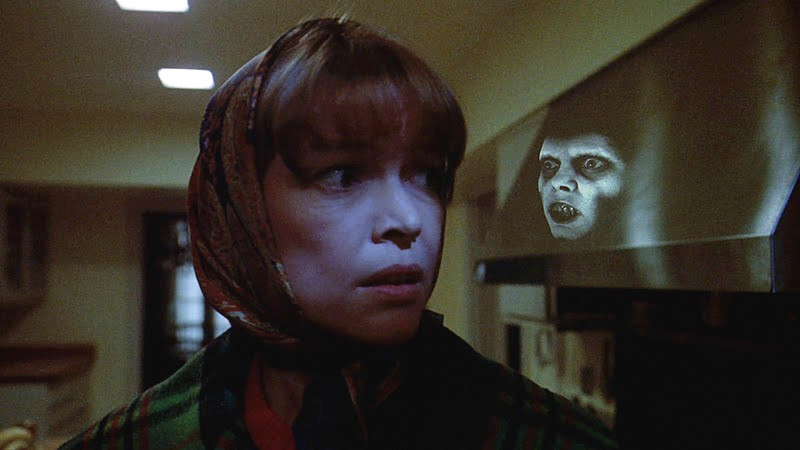
It’s the stuff of horror movie legend at this point, the stories about the wave of madness that stormed America in the wake of William Friedkin’s “The Exorcist.” Lines that ran blocks; mass faintings in theaters; the need of barf bags to contain the audience’s visceral disgust; public disorders so bad the police had to get involved – there’s even a rumour a woman miscarried while watching it.
It’s difficult to think of another horror film that has caused such an intense, sustained, and widespread reaction as this one; one that has so deeply disturbed on such a massive scale that not even decades of copycats and underwhelming sequels have managed to dwell its staying power in our culture. Sure, time has somewhat diminished the film’s shock value, lessening the effect of the then outrageous scenes of possession, but nothing can touch the movie’s indelible atmosphere.
It’s almost pointless to try to explain why “The Exorcist” is such an atmospheric movie, one capable of causing extreme spiritual and physical responses, because, though exquisitely crafted, its power goes beyond mere formalism. It’s a picture that seems to harbor a malignant presence and unleashes it each time it’s played.
3. The Thing (1982)
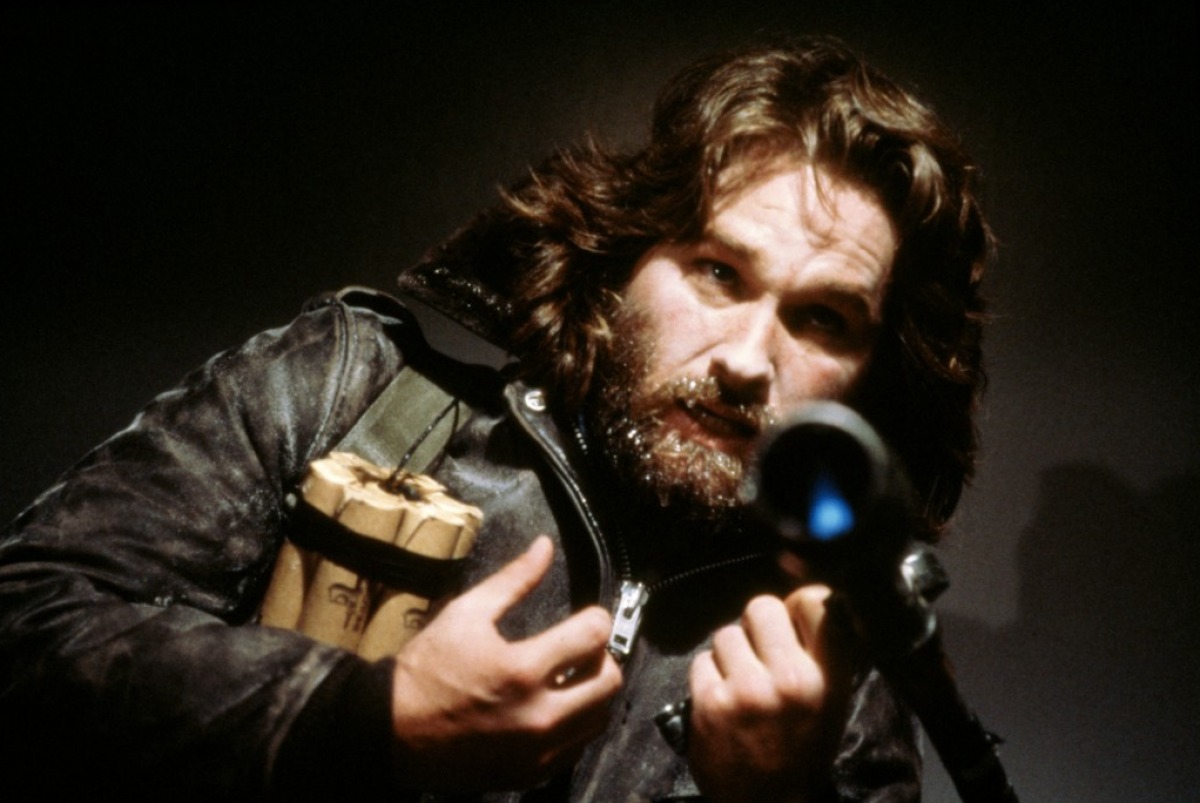
With certain movies, it’s easy to pinpoint a single filmic element that’s doing the heavylifting for its scary power. How effective would Spielberg’s underwater camera be without John Williams score behind it? Or Cronenberg’s “The Fly” without those stomach-churning practical effects?
And yet every so often we get a film in which every single aspect of its aesthetic construction works in perfect unison; with no particular artistic contribution overwhelming the central vision. One of the greatest examples of that in horror cinema is John Carpenter’s “The Thing”, a movie in which, much like its eponymus and terryfing creature, there is a flawless amalgamation of each individual part to create a single ideal whole.
What could be responsible for this movie’s indelible sense of paranoia, possibly the greatest representation of that particular dread in all of cinema? Is it Ennio Morricone’s score; with its unforgetable synth theme and unnerving strings? Or is it Dean Cundey’s cinematography; with its expert play of light, shadow, color and depht of field, transforming the impossibly white landscape of Antarctica into a snowy hell? And the film’s intense scares, are they all due to the astonishing practical effects, to this day never surpassed?
The answer, of course, is yes, to all of the above. More than anything, it’s Carpenter’s remarkable grasp of tone and pace, as well as his ability to wave together every single one of these exceptional contributions by the artists around him that make “The Thing” the masterpiece that it is.
2. The Shining (1980)
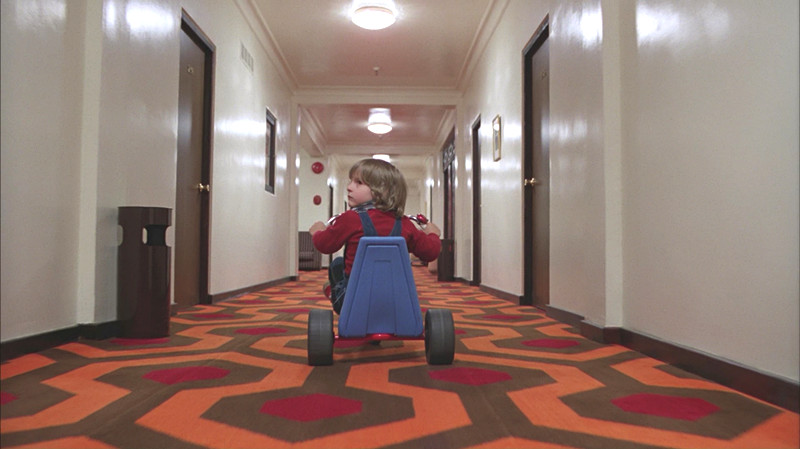
As it might have become clear by this point, an effective atmosphere in a horror movie is entirely dependent on the director’s control over film language, their skill at manipulating filmic elements to imbue a sense of dread in the viewer.
And in thinking of control in cinema, there’s one name that comes before any other: Stanley Kubrick. And there may actually be no other movie in his unimpeachable filmography more synonymous with his tyrannical need for absolute oversight than “The Shining.”
Another classic notorious film known as much for its unfortunate backstage stories as it is for its cinematic brilliance, “The Shining” is famously the film in which Kubrick’s unquenchable desire for perfection alienated Stephen King to the point of him disowning the movie; led star Jack Nicholson to have a lifelong hatred of his director; and sent co-star Shelley Duvall to the brink of insanity. But that’s also exactly why this film is, well, “The Shining,” a title immediately evocative of some of cinema’s all-time greatest images: twin girls holding hands, symmetrical hallways stretching into infinity, walls unleashing an ocean of blood.
“The Shining” is the zenith of horror, a movie basically synonymous with its genre – another jewel in Kubrick’s admittedly complicated but endlessly rewarding legacy.
1. Alien (1979)
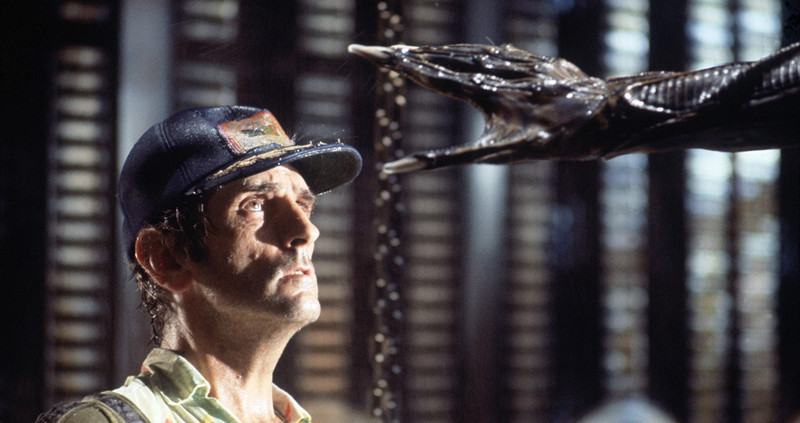
Perhaps the single most fundamental element of atmosphere is patience. The old adage that “nothing is scarier than the unknowable” is one of the few platitudes that can be considered absolutely right: to create tension is to withhold, to make the audience simultaneously hungry for and fearful of the creature that might be around any corner.
In that sense, there’s simply no better horror film, none more eerie or with a more masterfully assembled atmosphere than Ridley Scott’s immortal masterpiece “Alien.” The irony is, the movie has always been mostly praised precisely for its explicit elements, and for H.R. Giger’s genius designs. These are not only of the iconic creature itself, but of everything else too: the spaceships, the eggs, the face huggers, a unique mixture of organic and mechanical sexual forms that are unforgettably uncanny and sinister.
But Giger’s brilliance would be moot were it not for Scott’s methodical unveiling of his creations: it’s 30 minutes before we even get to see the title character, an entire narrative act devoted to nothing but the build up, something the director navigates with a skill and precision so razor sharp he never again was capable of matching the sheer bravura of his handling of this material.